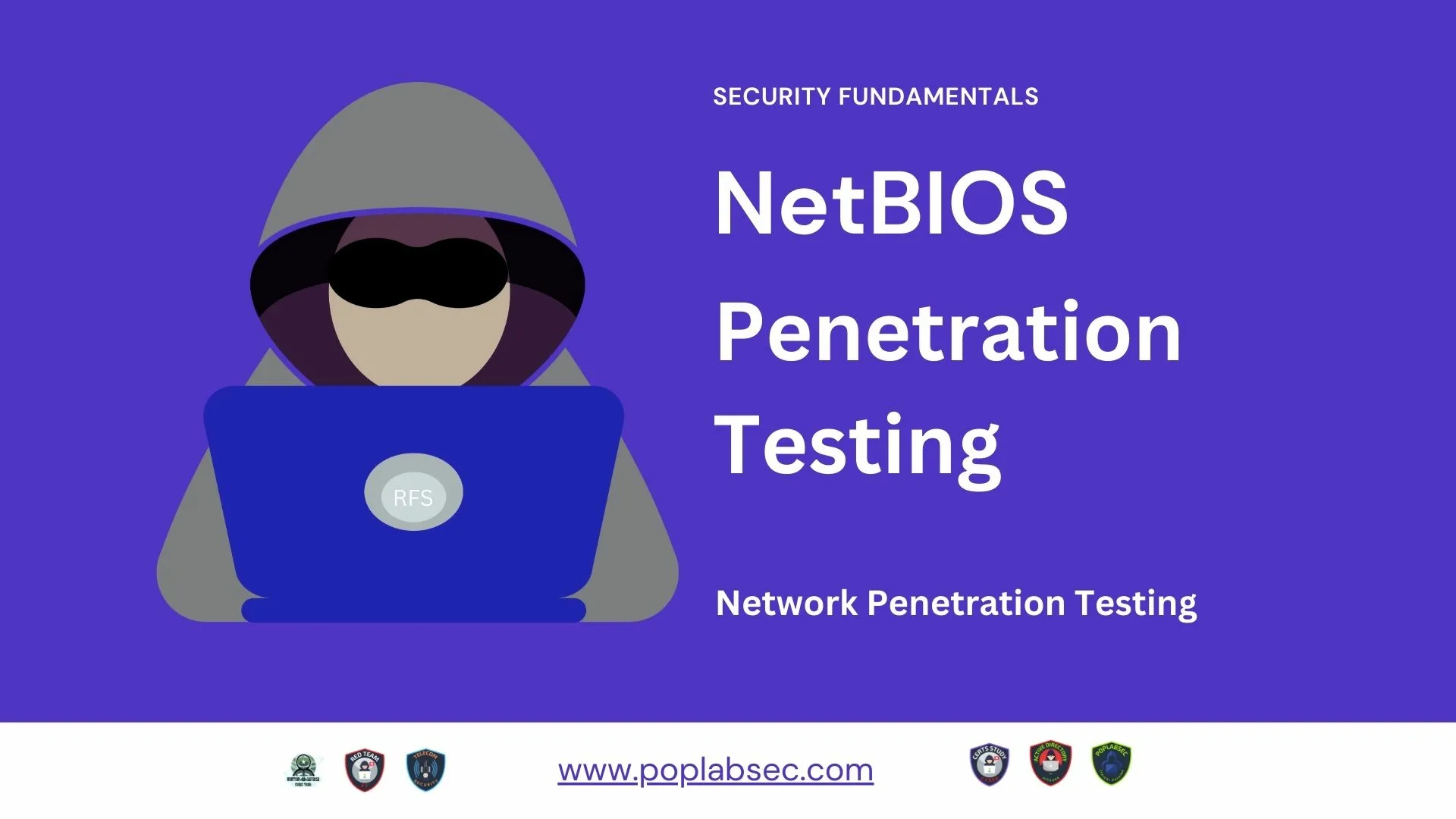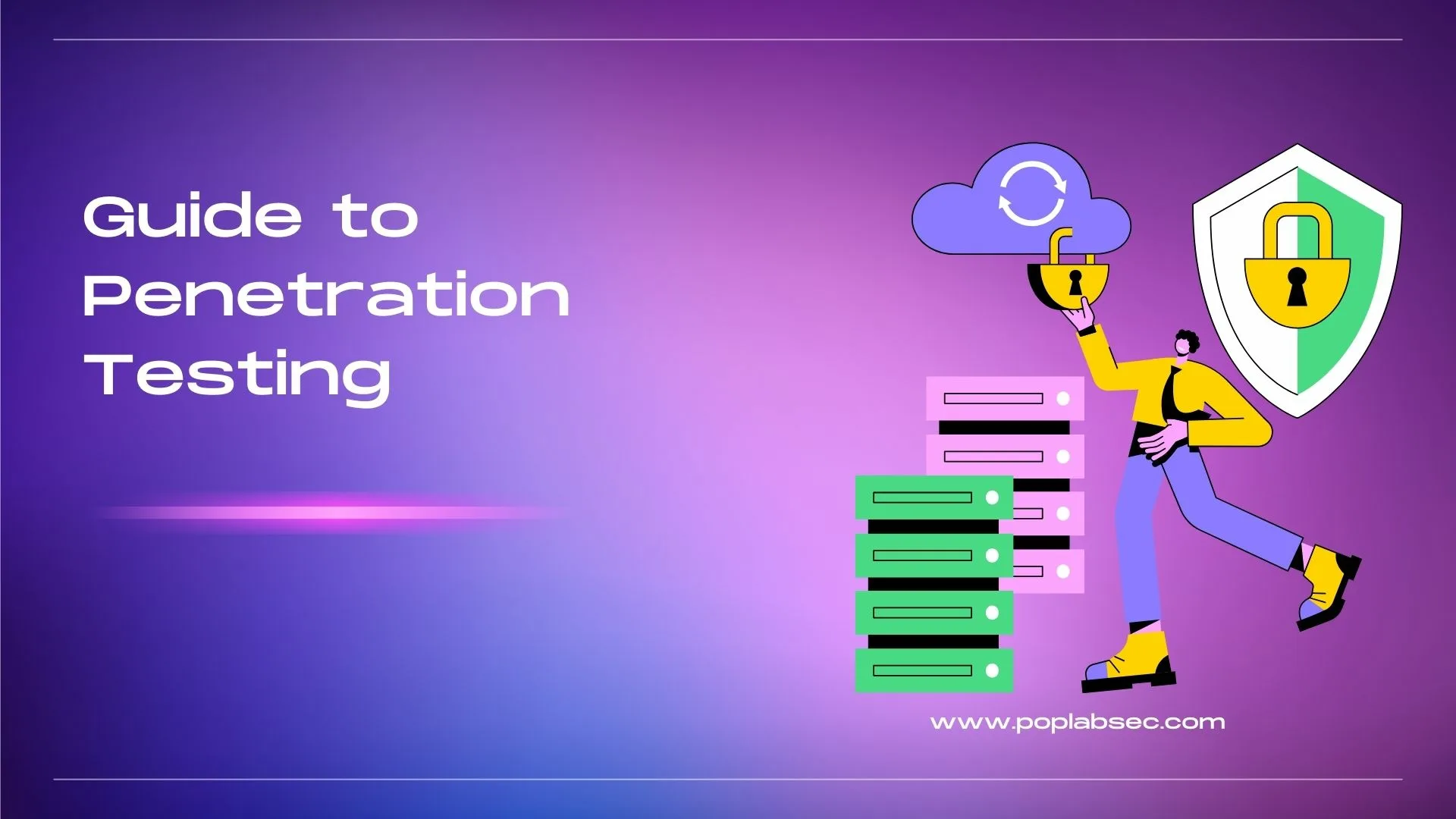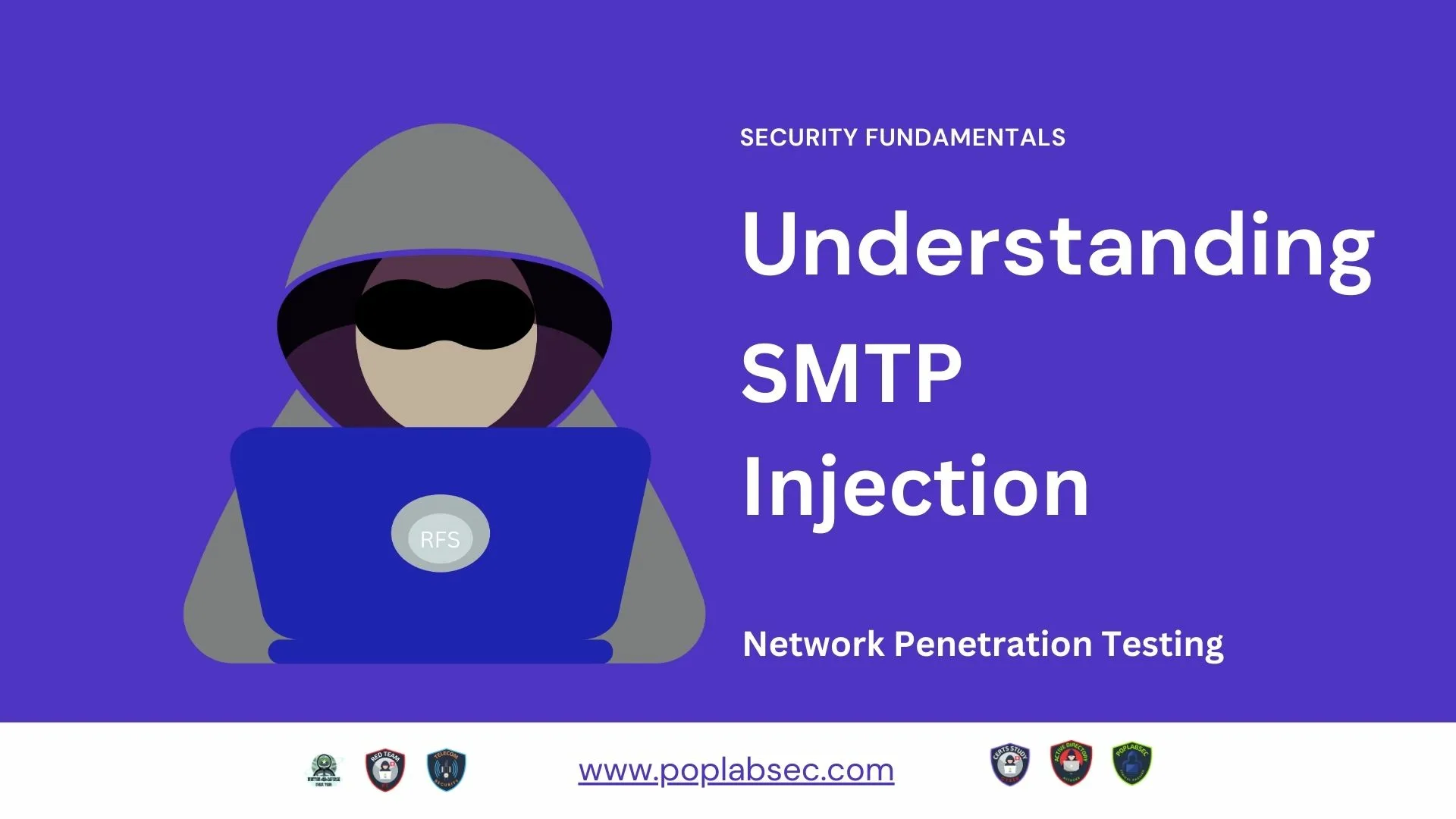The Active Directory Pass the Hash (PtH) attack is a type of credential theft attack that allows an attacker to bypass authentication measures and gain unauthorized access to systems.
In this attack, the attacker steals the hash of a user’s login credentials from one system and uses it to authenticate to another system without the need for the actual password.
The attacker then uses this stolen password hash to authenticate as the compromised user and gain access to other systems in the same AD domain.
How PtH Attack Works
The PtH attack works by exploiting the way authentication is handled in Active Directory. When a user logs in to a system, their password is hashed and stored in memory.
The hashed password is then used to authenticate the user for subsequent logins.
In a PtH attack, the attacker obtains the hash of a user’s password from one system, such as a compromised workstation, and uses it to authenticate to other systems within the network.
Preventing PtH Attack
To prevent the PtH attack from compromising your network security, you can take the following steps:
- Use Strong Passwords: Implement a password policy that requires users to use strong and complex passwords, and enforce regular password changes.
- Limit Access: Restrict access to sensitive systems and data to only authorized personnel, and implement a least privilege model to limit access to only what is necessary for the user to perform their job.
- Use Multi-Factor Authentication: Implement multi-factor authentication (MFA) for all remote access to sensitive systems to ensure that the user is who they claim to be, and not just someone with a stolen hash.
- Patch Systems: Keep systems up-to-date with the latest security patches to prevent vulnerabilities that could be exploited in a PtH attack.
- Monitor Activity: Regularly monitor system activity for any signs of suspicious activity, such as repeated failed login attempts or unusual network traffic.
The Active Directory Pass the Hash attack is a serious threat to network security, but with the right measures in place, it can be prevented.
By implementing strong password policies, limiting access to sensitive systems, using MFA, patching systems, and monitoring system activity, you can significantly reduce the risk of a PtH attack compromising your network security.




Comments